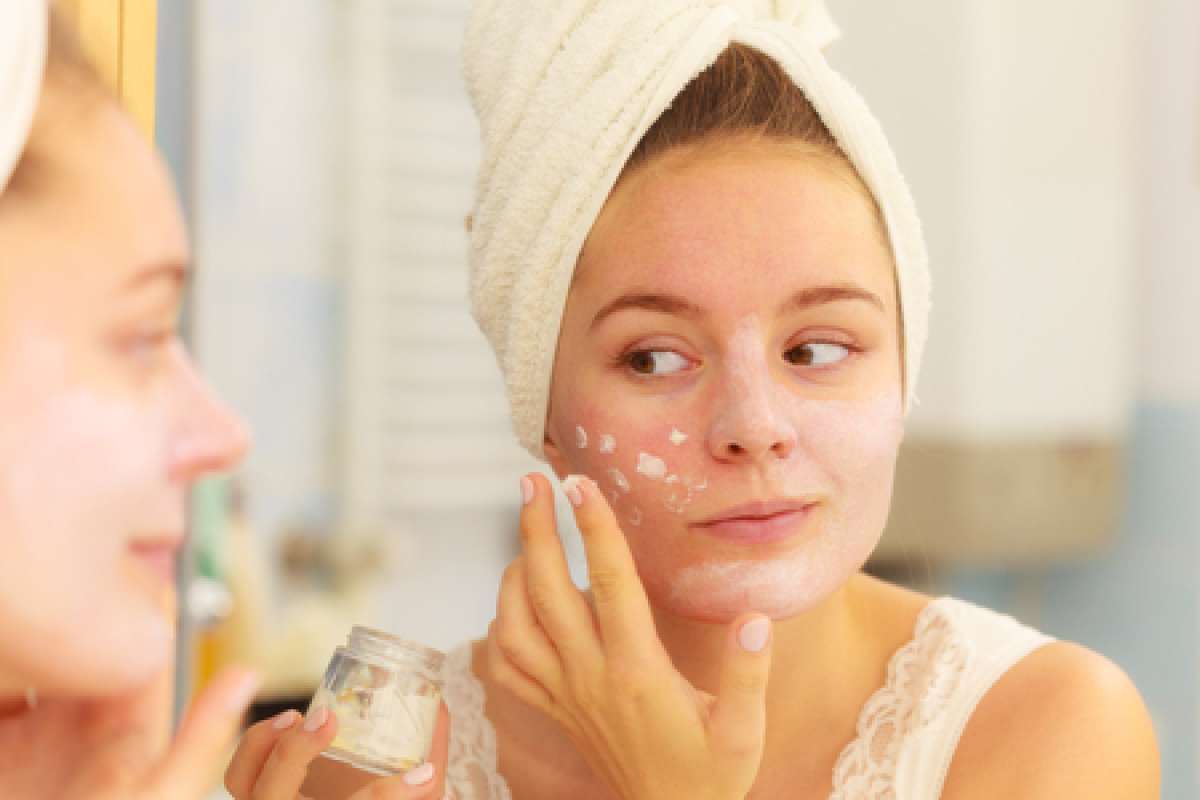Skin Changes During Pregnancy

Because skin is the body's largest organ, it's probably no surprise that it can be drastically affected by your pregnancy. Here are some of the most common skin changes that happen during pregnancy.
Increased Pigmentation and Vascular Spiders
You might be one of the women who wear the "mask of pregnancy." This is a scary sounding name for a change in the pigmentation of the skin on the face, particularly the forehead, nose, upper lip and cheeks, also called Melasma. As a result of the high levels of hormones in your body, patches of darkened skin sometimes appear on the face (light patches might appear on dark-skinned women).
Daddy Alert! Your partner's face isn't the only thing that will be changing color. The lips of her vagina (the labia) change color, too. They get darker and more engorged with blood. If you notice this change, don't get alarmed. It doesn't cause pain or soreness and will be gone after the baby is born.
Most women also notice a darkening of the area around the nipple (the areola), and a dark line, called the linea nigra, forming vertically through the middle of the belly from the umbilicus to the pelvis.
Don't get upset—this is most likely a temporary condition that will disappear when the baby is born.
You might also notice that your moles or beauty marks are getting darker and bigger during pregnancy. As if that's not enough, 60 percent of women will get "vascular spiders," which are red blotches on the face, upper chest, and arms. Fortunately, these skin changes disappear when pregnancy ends.
You can try to lighten skin discoloration with cosmetic creams used to lighten birthmarks, but you'll have better luck using makeup to blend the skin colors. You can also keep skin discoloration, such as the mask of pregnancy, from darkening or getting worse, by staying out of the sun and wearing a sunscreen. Whether it's spring, summer, fall or winter, use a sunscreen with a sun protection factor (SPF) of at least 15 every morning.
Itching and Dry skin
Many pregnant women suffer from itchy, dry patches of skin that worsen in late pregnancy. Such skin irritation is a reaction to hormonal changes and can be eased by a perfume-free moisturizer.
Rarely, itching in late pregnancy may be due to a serious condition called obstetric cholestasis. Itching caused by this condition is much more severe, usually constant and often concentrated on the hands and feet. Talk to your doctor if you have any of these symptoms.
Spider Veins
Clusters of broken capillaries (tiny red blood vessels) called spider veins may appear during pregnancy, mainly on the cheeks. These occur as a result of increased blood circulation and the softening effect of pregnancy hormones on blood vessels. Spider veins are painless, but if you're worried about their appearance you can cover them with makeup. They usually disappear soon after the birth.

Looking for skincare recommendations?
We asked our network of moms to give us their must-have skincare products during pregnancy.
Find Out MoreFind Out More
Stretch Marks
Rapid stretching of the skin during pregnancy often leads to the development of pink or purple lines, known as stretch marks. These marks, which can look like scars, usually appear in late pregnancy, commonly on the abdomen, hips, thighs and upper breasts. There is no clear evidence that any cream will prevent or remove stretch marks, though many women swear by products like almond oil, coconut oil, vitamin E oil or shea butter. Those can help keep the skin supple, as will staying well hydrated and avoiding excessive weight gain. As time passes after the birth, stretch marks become silvery and almost invisible.
Our bodies go through so many changes during pregnancy, and our skin doesn't get a pass. Knowing what's normal and what's not can help you cope with all these changes, and devise a plan of action.